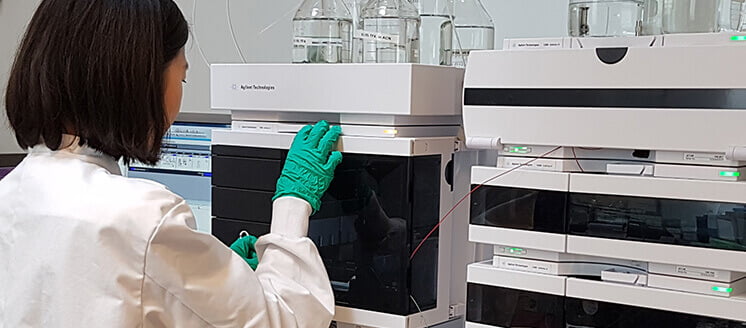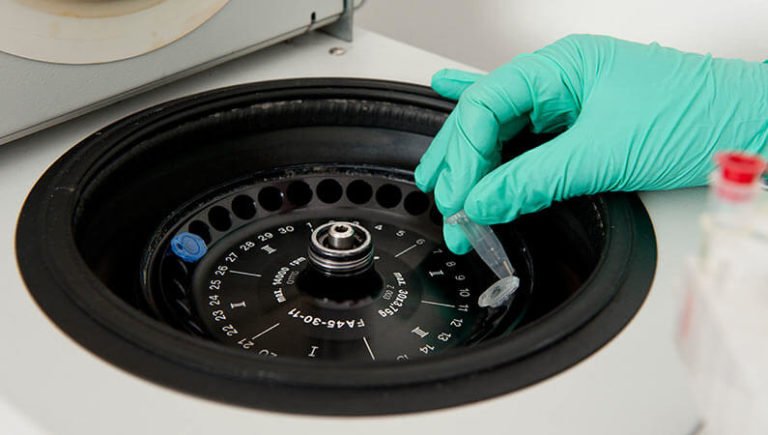Literature
Question:
How do we identify the peaks observed by UV-HPLC?
We have developed a Reversed-Phase (RP) UV-HPLC chromatography data analysis method for stability studies of our new pharmaceutical protein.
How do we identify the peaks observed by UV-HPLC to confirm they are product-related impurities? Can we ensure that UV peaks contain single molecules?
Answer:
The best way I know is to connect the HPLC directly to a mass spectrometer (LC-MS). This method provides a simple characterization of peaks observed by UV-HPLC. By doing this, you have an additional detection method that can distinguish molecules by their molecular mass – which is perfect for stability studies [1].

You probably already know that it is sometimes impossible to separate degradation products by RP chromatography alone. However, combining HPLC and LC-MS analysis makes it easy to use molar mass to identify degradation products. For example, deamidations, oxidation, and truncated molecules [2].
Another benefit I’d like to highlight of combining HPLC analysis and Mass Spectrometry analysis is that you can confirm that single peaks only contain one molecule [1-3].
The problems of using Reversed-Phase HPLC analysis with UV detection alone are:
- It is not always possible to separate the drug substance (DS) from product-related impurities [3].
- You might see a shoulder. But you cannot know if it is an artifact or a DS-related molecule (degradation product).
- New peaks appearing in the chromatogram cannot be characterized directly by UV detection [3].
Fortunately, there’s a simple solution.
Coupling an HPLC instrument directly to a high-resolution mass spectrometer provides an additional detection level for product-related impurities [1-3].
Reversed-phase chromatography typically uses buffers that are directly compatible with mass spectrometry. Therefore it is pretty straightforward to connect the two instruments [1-3].

So when should you combine UV-HPLC data analysis with LC-MS analysis for stability studies?
You can apply LC-MS analysis to all types of biomolecules. Hence, both synthetic peptides, recombinant proteins, and antibodies. Therefore, I suggest you use the analysis to confirm product-related impurities whenever your chromatogram shows an unexpected peak [1, 3].
The analysis enables the confident identification of the molecule. In most cases, you will find that the LC-MS signal is much more sensitive than UV detection. In addition, you will see that the accuracy of MW determination for all types of molecules is in the low ppm range.
Learn more about combining your UV-HPLC method with Mass Spectrometry
References
[1] Barbarin et al.: “Comparison between liquid chromatography-UV detection and liquid chromatography-mass spectrometry for the characterization of impurities and degradants present in trimethoprim tablets.“, Journal of Chromatography A, 2002
[2] Gillespie et al.: “Mass spectrometry for small molecule pharmaceutical product development: A review,” Mass Spectrometry Reviews, 2011
[3] Chen et al.: “Applications of LC/MS in structure identifications of small molecules and proteins in drug discovery,” Journal of Mass Spectrometry, 2007
Talk to us
Whatever protein-related challenge or question you may have, we would love to help. Our experts can help you decide on the best analytical approach for your project by email or online meeting - providing advice without obligation.
